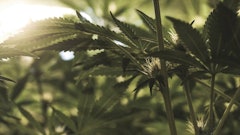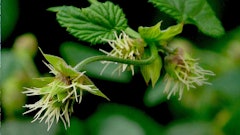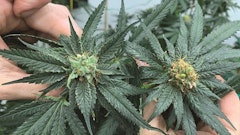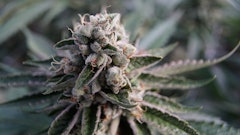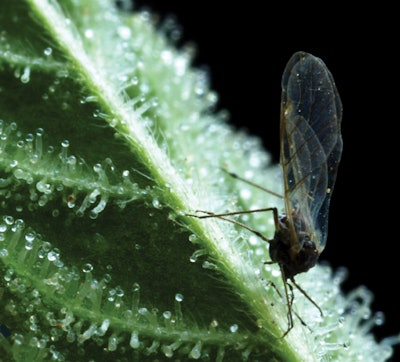
Integrated Pest Management (IPM) is an overarching strategy with specific protocols for preventing pests in an agricultural environment by employing techniques for identifying, managing and eliminating pests should they arise. It is a better use of resources to prevent a pest problem from occurring by creating an inhospitable environment for pests, facilitating induced systemic resistance and proper operation design.
With cannabis being an agricultural crop, the solutions to its cultivation problems lie within traditional agriculture. A well-crafted IPM plan is an effective strategy for every cannabis cultivator to mitigate crop loss, increase quality and utilize correct techniques to achieve the desired result.
IPM helps create a balanced ecosystem, provides alternatives to pesticide usage, saves money, establishes a safer work environment for employees and can enhance a cultivator’s image. A balanced ecosystem keeps one species from overpopulating and doing vast damage to another species. However, with pesticide usage, the balance is frequently disrupted by killing both the pest and its natural predator, and unintentionally causing the pest to become resistant to the pesticide used. The chance of resistance increases within improper application. IPM only applies a pesticide at the right moment in a pest's life cycle, when the pesticide will be most effective.
In cannabis operations, a solid IPM program also will take into account what pesticides are allowed in your state or market, when they can be applied and how workers need to be trained and educated on protective equipment, certified in worker protection standards, understand reentry period requirements, and how to properly apply and dispose of pesticides.
IPM can save a cultivator money through mitigation of crop damage and loss. Cultivators will not feel pressured to use unapproved pesticides when they have many options for pest control. This eliminates the risk of a product recall, as well as the brand damage and financial losses associated with recalls. The first steps in creating an IPM plan are:
1. Understand which pests are common in a cultivator’s agricultural zone and microclimate. This can be done by contacting the local Department of Agriculture, Farm Bureau or a university agronomy extension.
2. Research and understand each pest that can affect cannabis.
3. Develop a formal plan, tailored to preventing pests in the local region that will most likely attack a cannabis crop.
4. Implement a pest identification, monitoring and control system to support the formal IPM plan.
The Control System
The pest identification, monitoring and control system has five major components:
Daily inspections. Inspections examine five triggers for pest proliferation: entry points, water sources, food sources, harborage areas and employee areas. The five triggers are examined to find any pests, determine what the pest is and the extent of the damage.
Pest identification. It is crucial to know thine enemy in order to implement the best practices for managing and eliminating a pest. If a cultivator can't identify a pest, she can send a sample to her university extension or other qualified sources for analysis.
Selection of control methods. Deciding which methods to use is based on what the best practices are for each specific pest, where the plant and pest are in their respective life cycles, and being in legal compliance.
Monitoring. This is where the pest’s population and crop damage is observed.
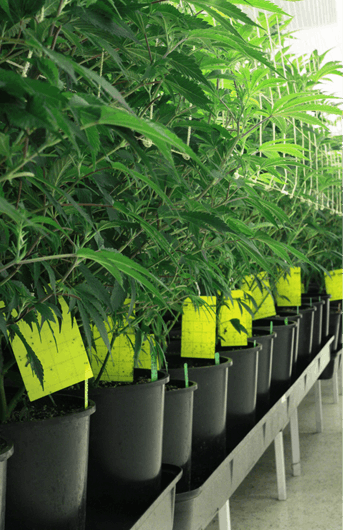
Analysis of the control strategy’s effectiveness. If the control strategy has achieved its goals, then the cultivator will follow the plan to its conclusion. If the control strategy is determined to be ineffective, then it will need to be adjusted.
Management and Elimination
Five major strategies exist for managing and eliminating pests within an integrated pest management plan: cultural, physical, genetic, biological and chemical.
Cultural Controls: Cultural controls modify the environment to make the cultivation operation an unaccommodating habitat for pests. They involve practices such as adjusting the irrigation schedule to combat root disease, reducing humidity to make the environment less hospitable to pathogenic fungus and shaping the canopy to facilitate superior airflow.
Physical Controls: Physical controls use mechanical devices and physical methods to prevent, trap and remove pests, such as filters on air intakes, the placement of sticky traps, and the removal of diseased plant material.
Genetic Controls: Genetic controls emphasize selecting and breeding pest-resistant varieties and manipulating pest genetics. Genetic controls used by a cultivator would be culling all susceptible varieties from their agricultural operation or releasing sterile male insects to breed with fertile female insects to trick the females into copulating without breeding offspring that would continue to devastate the crop.
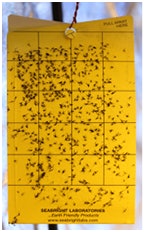
Biological Controls: Biological controls utilize natural predators, parasites, pest diseases and other organisms to counter the effects of pests or to prevent them altogether. Beneficial fungi and microbes inoculated into the soil increase nutrient uptake and the plant's disease resistance. Nematodes can be released into the soil to kill larvae of thrips and other insects that lay their eggs in soil. Biological controls use nature to combat nature.
Chemical Controls: Chemical controls can be divided into categories. The first is traditional pesticide application. Pesticide applications are used only when all other control methods are deemed ineffective. They also are utilized only when it would be effective in the pest's life cycle. Pesticide selection and use within an IPM program is designed to identify ecologically sound options that are effective while minimizing harm. For cannabis cultivation, this means using OMRI (Organic Materials Review Institute) and minimum-risk pesticides. The second category is biorational chemicals. Pheromones used to confuse and trap insects are examples of biorational chemical usage. Attractants, anti-feeding agents and repellents are biorational chemicals as well.
A Holistic Approach
Listed below are five plant treatment protocols that are examples of effective techniques used in a holistic integrative pest management plan:
- Coconut water contains cytokinins that aid in cell division, helping plants mend and grow due to healthy cell division.
- Indigenous microbe inoculations allow for more resilient plants that are better prepared to fend off pathogens.
- Powdered potassium silicate applied as a foliar feed helps stimulate the plant’s natural defense methods against fungal attacks and other pathogens.
- Neem cake added to the soil mix acts to discourage egg-laying insects in the rhizosphere. It effectively ends problems like fungus gnats while allowing beneficial microbes to flourish.
- Essential oils help activate natural defense mechanisms while disrupting the offending pest and preventing it from taking advantage of chemical imbalances.
- Aloe vera flakes aid a plant’s immune response and pathogen defense.
An effective IPM plan starts with an understanding of the macro aspects of pest management and proceeds to planning for and preventing local pest and species-specific issues. A great IPM plan is always adaptable to the changing conditions within a cultivation operation and reaps benefits much higher than its costs. The time, energy and money required to produce high-quality cannabis are optimized through a professional IPM plan, combined with operational protocols and standard operating procedures, and training. An IPM plan protects a cultivation business from unnecessary financial losses, unsound agricultural decisions and the integrity of the brand. The adoption of a comprehensive IPM plan creates a triple bottom line for cultivation businesses in the cannabis industry, as they can benefit their local communities and patients, economies and environments. Having an IPM is not merely a suggestion; it is a requirement. One wouldn’t go into battle without a sword and shield, and IPM is the shield of success required for those who hope to become dominant industry leaders in this nascent industry.











